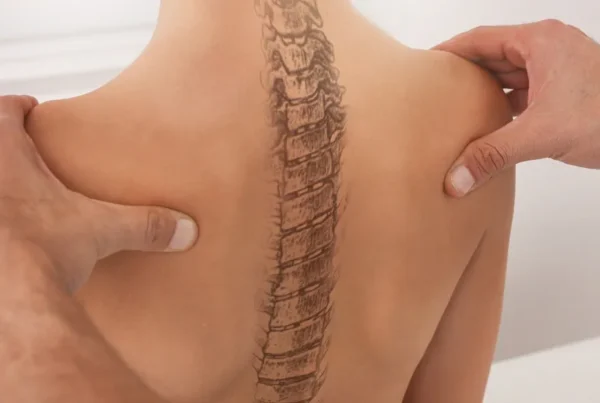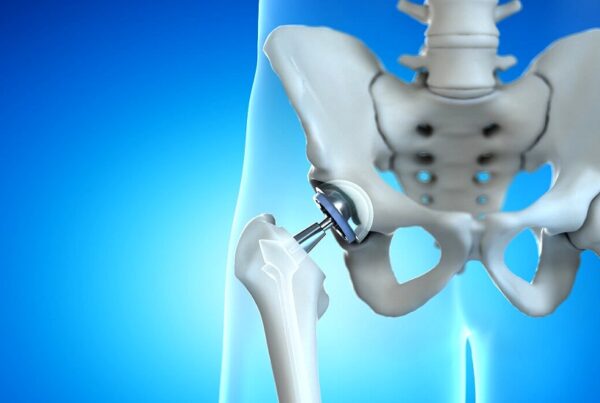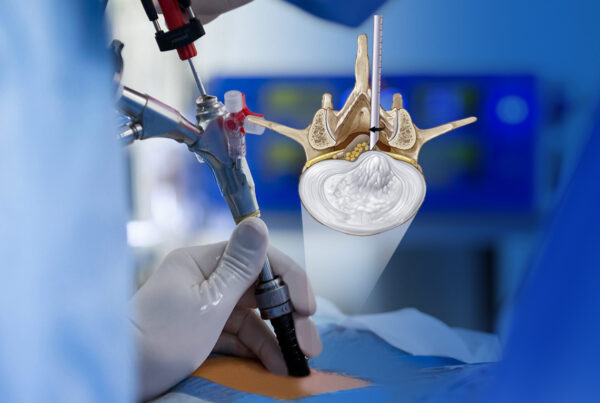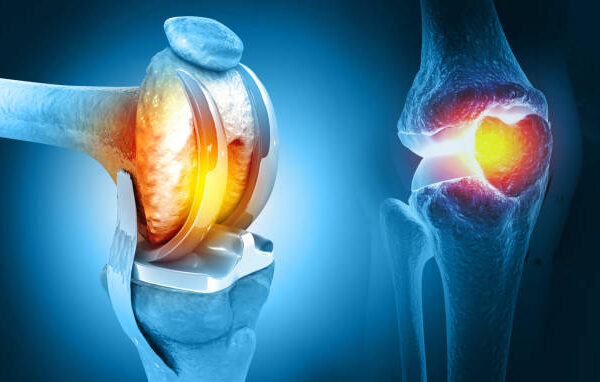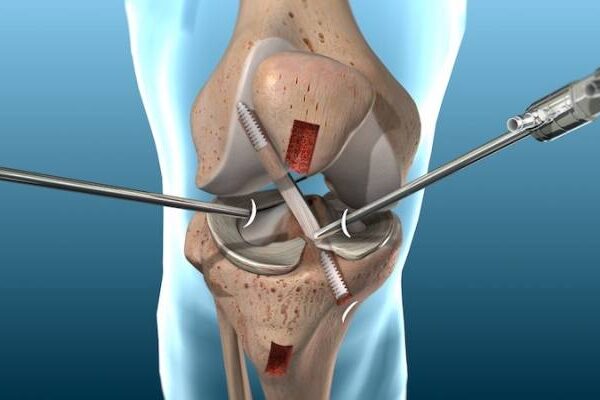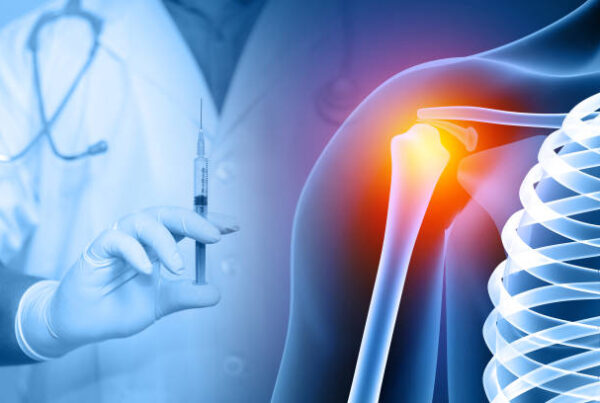Home » Shoulder Arthroscopy
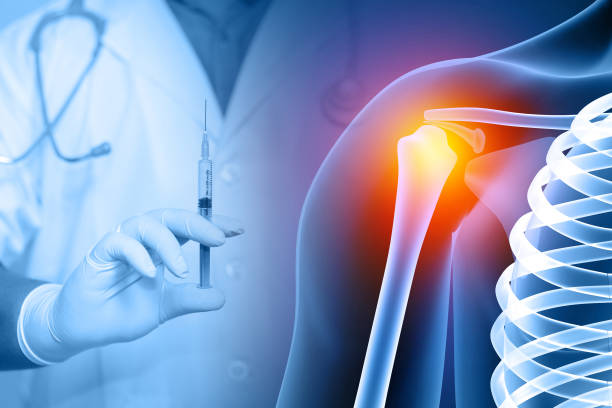
GET OFFER
Shoulder arthroscopy is a minimally invasive surgical procedure used to diagnose and treat various shoulder joint conditions. It involves the use of a small camera (arthroscope) and specialized instruments inserted through tiny incisions to access and repair the shoulder. This technique offers reduced pain, quicker recovery, and minimal scarring compared to open surgery.
Indications for Shoulder Arthroscopy
Shoulder arthroscopy is recommended for:
- Rotator Cuff Tears: Repairing torn tendons that stabilize the shoulder.
- Shoulder Impingement Syndrome: Removing inflamed or damaged tissue causing pain during movement.
- Labral Tears: Addressing damage to the cartilage surrounding the socket (e.g., SLAP tears).
- Frozen Shoulder (Adhesive Capsulitis): Releasing tight joint tissue to restore mobility.
- Shoulder Instability: Repairing ligaments to prevent dislocations.
- Bone Spurs: Removing excess bone growth causing pain or impingement.
- Biceps Tendon Issues: Repairing or releasing damaged biceps tendons.
- Arthritis-Related Issues: Cleaning out inflamed or damaged joint tissue.
The Procedure
- Preoperative Preparations:
- Comprehensive evaluation, including X-rays, MRI, or CT scans.
- Patients are advised to stop certain medications, such as blood thinners, before surgery.
- During Surgery:
- Performed under general or regional anesthesia.
- Tiny incisions (portals) are made around the shoulder.
- An arthroscope is inserted to visualize the joint.
- Specialized instruments repair, clean, or remove damaged tissue.
- Saline is used to expand the joint for better visibility.
- Common Procedures Performed:
- Rotator cuff repair.
- Labrum repair or removal.
- Debridement of damaged cartilage or tissue.
- Removal of bone spurs.
- Tendon release or reattachment.
- Closure:
- Incisions are closed with sutures or steri-strips, and a sterile dressing is applied.
Recovery and Rehabilitation
- Immediate Postoperative Care:
- Patients may go home the same day.
- A sling is usually worn to immobilize the shoulder and aid healing.
- Pain and swelling are managed with medications and ice therapy.
- Physical Therapy:
- Begins within a few days or weeks, depending on the procedure.
- Focuses on restoring range of motion, strength, and functionality.
- Progression from passive to active exercises under guidance.
- Full Recovery:
- Most patients regain full shoulder function within 3–6 months.
- Recovery may vary based on the complexity of the procedure and individual health.
Benefits of Shoulder Arthroscopy
- Smaller incisions and reduced scarring.
- Less postoperative pain.
- Faster recovery compared to open surgery.
- Lower risk of complications.
Risks and Complications
While generally safe, potential risks include:
- Infection at the surgical site.
- Stiffness or loss of motion.
- Damage to surrounding nerves or blood vessels.
- Persistent pain or incomplete symptom resolution.
- Rarely, the need for additional surgeries.
Innovative Techniques in Shoulder Arthroscopy
- Robotic-Assisted Arthroscopy:
- Enhances precision in complex shoulder repairs.
- Biologic Augmentation:
- Use of growth factors or stem cells to enhance tissue healing.
- Advanced Visualization Tools:
- 4K and 3D imaging for improved surgical accuracy.
20 Questions & Answers on Shoulder Arthroscopy
1. What is shoulder arthroscopy?
A minimally invasive procedure to diagnose and treat shoulder joint conditions using a small camera and instruments.
2. Why is shoulder arthroscopy performed?
To repair damage caused by injuries, arthritis, or overuse, and to relieve pain and improve shoulder function.
3. What conditions can be treated with shoulder arthroscopy?
Rotator cuff tears, labral tears, impingement syndrome, frozen shoulder, arthritis, and shoulder instability.
4. How long does shoulder arthroscopy take?
Typically 1–2 hours, depending on the procedure’s complexity.
5. Is shoulder arthroscopy painful?
Pain is minimal compared to open surgery and is well-managed with medications.
6. How many incisions are made during shoulder arthroscopy?
Usually 2–4 small incisions.
7. What type of anesthesia is used?
General or regional anesthesia, depending on the patient and procedure.
8. How soon can I go home after surgery?
Most patients are discharged the same day.
9. When can I return to work after shoulder arthroscopy?
Desk jobs may resume within a week, but physical labor may require 3–6 months.
10. How soon can I start physical therapy?
Physical therapy usually begins within a few days to weeks post-surgery.
11. Can shoulder arthroscopy fix a rotator cuff tear?
Yes, it is commonly used for rotator cuff repair.
12. What is the success rate of shoulder arthroscopy?
The success rate is high, with most patients experiencing significant pain relief and restored mobility.
13. Are there risks associated with shoulder arthroscopy?
Risks include infection, stiffness, nerve damage, and incomplete symptom relief.
14. How long does recovery take?
Full recovery typically takes 3–6 months, depending on the condition treated.
15. Will I need a sling after surgery?
Yes, a sling is usually worn for 1–4 weeks to immobilize the shoulder.
16. Can I drive after shoulder arthroscopy?
Driving is typically not allowed while wearing a sling and until adequate shoulder function is restored.
17. What are the long-term outcomes of shoulder arthroscopy?
Most patients regain full function and experience lasting pain relief.
18. Can shoulder arthroscopy prevent future problems?
Yes, it can correct underlying issues and reduce the risk of further damage.
19. Is shoulder arthroscopy covered by insurance?
Yes, it is generally covered if medically necessary, but coverage varies by provider.
20. How can I prepare for shoulder arthroscopy?
Follow preoperative instructions, such as fasting, arranging transportation, and preparing your home for recovery.





